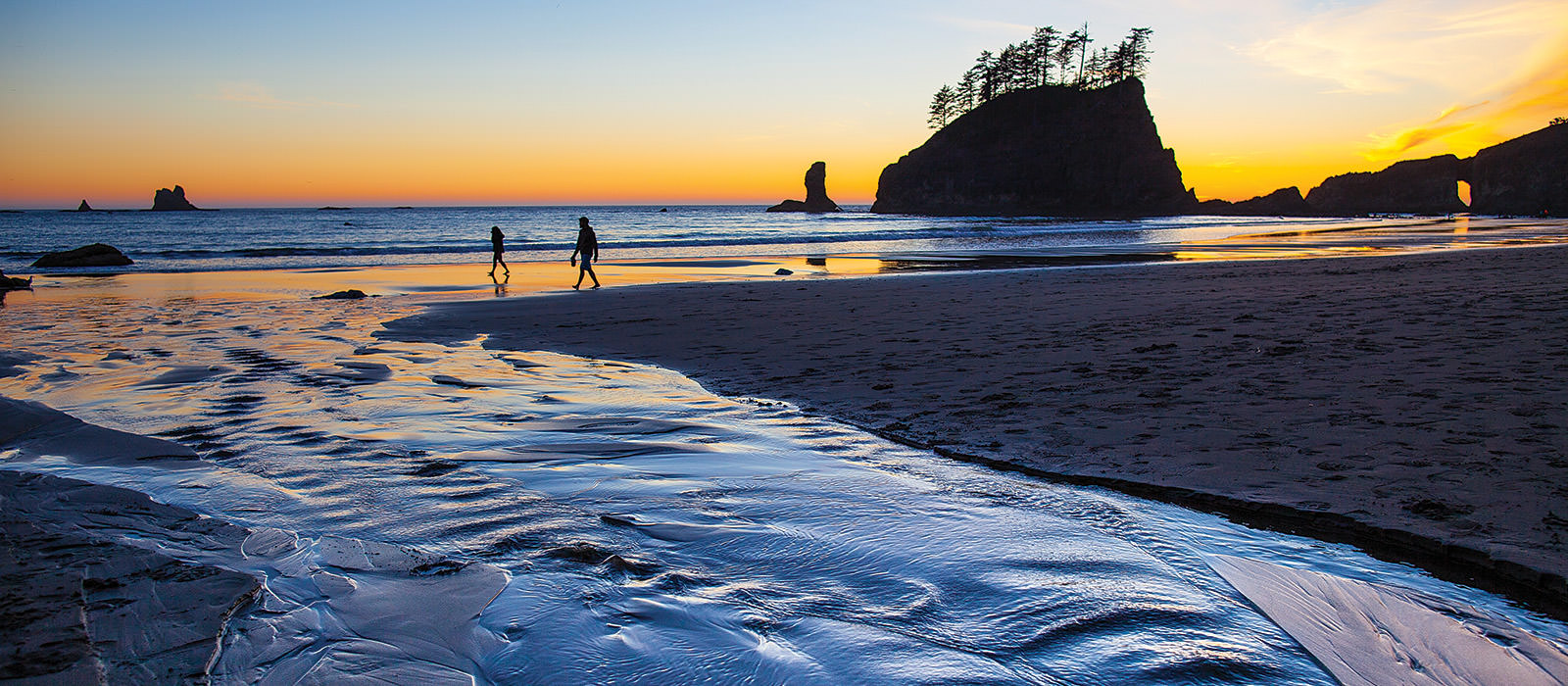A Passion for the Sea: Jacqueline Laverdure

For Jacqueline Laverdure, sanctuaries are both work and home. She formerly worked as a vessel captain in the protected waters of Florida Keys National Marine Sanctuary and then was one of the Team OCEAN coordinators for that sanctuary. Today, she serves as the education and outreach coordinator for Olympic Coast National Marine Sanctuary. This is her Story from the Blue.
For ten years, I lived on a boat in Florida Keys National Marine Sanctuary. I lived and I worked and I played there, found my food – dove for lobster and crab – and slept there. The Florida Keys were my life. Waking up on a boat was amazing. Sometimes dolphins and even sea turtles would hang around the boat, making my morning an amazing time.
While I lived in the Keys, I worked on charter boats as a boat captain. I worked together with other charter boat captains and the sanctuary to create a program that is now called Dolphin SMART. We developed the program to encourage proper and safe viewing of dolphins in the wild. In 2006, I got an incredible opportunity to join the sanctuary's staff as their coordinator of Lower Keys Team OCEAN, the Ocean Conservation Education Action Network. We talked to tourists, and taught them how to enjoy the reef properly and how to tie their boats to moorings instead of setting their anchors on the fragile corals. That's how my long career with sanctuaries started.
I worked for Florida Keys National Marine Sanctuary with Team OCEAN for two years before I applied to work at Olympic Coast National Marine Sanctuary in Washington state. My husband is from the Netherlands, and when he first moved to the United States he fell in love with the Olympic Peninsula. When I saw the position, I asked him, "Is this the place that you told me is the most beautiful place in the world?" I applied for the job, and when I came out here I fell in love with this place as well.
Sanctuaries are everything to me. They're where I play, where I've lived, where I get my food, where I'm inspired."
There are so many differences between the two sanctuaries. The diversity of life is so different: you have coral reefs in the Florida Keys and out here in the Olympic Coast you have tide pools. We also have corals in Olympic Coast but you'd need to have a submersible to get to them.
The culture is very different, also: in the Florida Keys it's very much a tourist destination, with over a million people from all over the world visiting. When we protected the resources it was usually against tourist activities, people who were unaware of proper use of the resources.
Here in the Olympic Coast, it's much quieter, and although it is a destination, there are fewer tourists. There is also a really rich native culture in the Pacific Northwest, including the four coastal treaty tribes that live adjacent to the sanctuary. These tribes who have relied on the resources for over ten thousand years are being impacted by global issues, issues they didn't create. Ocean acidification and marine debris are impacting their resources and the food they rely on. This is their home – they're going to pass this place and the resources on to future generations. They're protecting it not for tomorrow but for the next several hundreds and thousands of years.
People typically divide up cultural resources and natural resources. But what I find out here in Olympic Coast National Marine Sanctuary is that all natural resources are cultural resources. They're the same.


